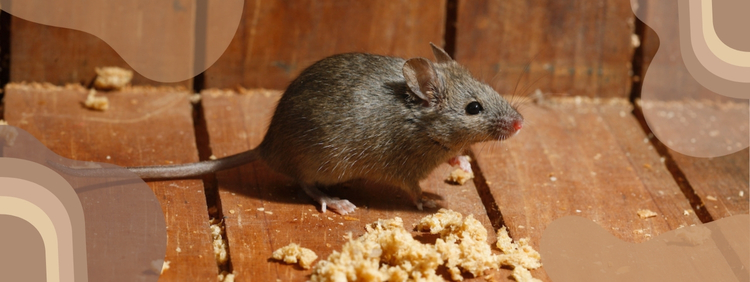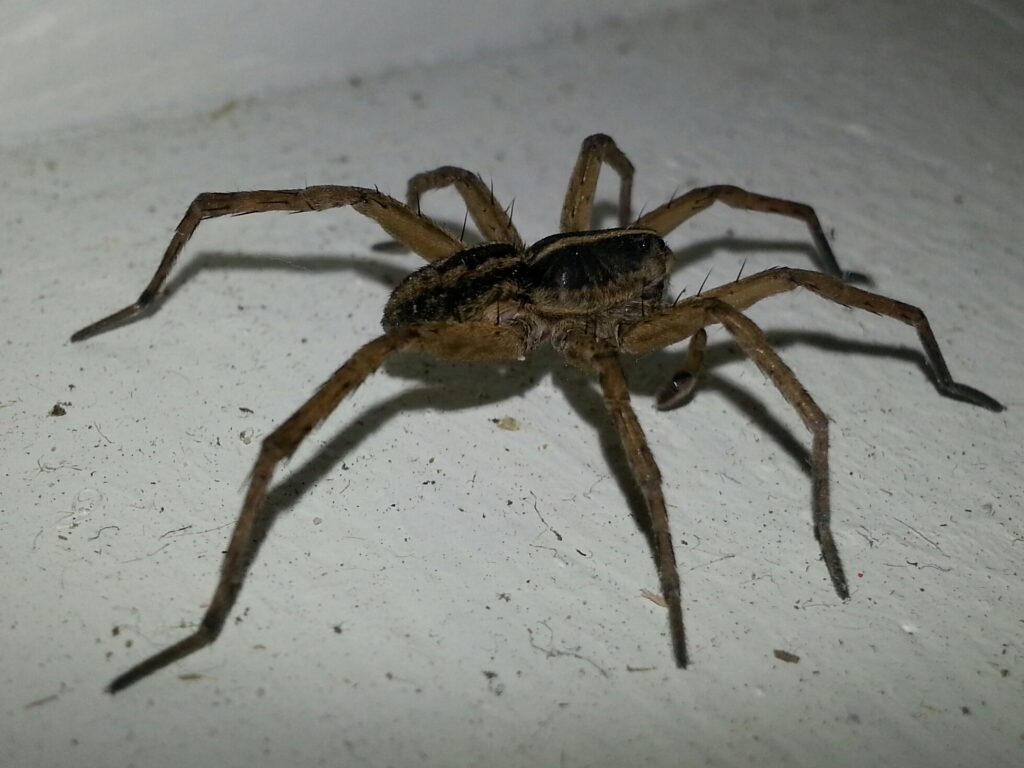 Imagine settling into your cozy home, unaware of a hidden army gradually undermining its foundations. Mice, those seemingly harmless creatures, can turn into uninvited squatters that jeopardize both the structure and serenity of our sanctuary. While they might seem like mere nuisances at first glance, these furry intruders can cause significant structural damage and much more if left unchecked. Their presence can have a surprisingly large impact on our home's insulation and energy efficiency, leading to increased energy bills and drafts that interfere with the warmth we cherish.
But how exactly do mice manage to wreak such havoc? By gnawing through insulation and nesting within walls, they compromise the very barriers meant to retain heat and block out cold. This infestation not only weakens the insulation's effectiveness but also creates openings for further pest issues. Meanwhile, their penchant for carrying diseases poses additional health risks that we must vigilantly guard against.
Through this exploration, we'll uncover the full impact mice can have on our homes, share insights on diseases they might carry, and explore practical strategies for getting rid of mice with the expertise of Truly Nolen Toronto. Join us on this journey as we look into the world of these tiny invaders and strive to protect our beloved abodes.
Imagine settling into your cozy home, unaware of a hidden army gradually undermining its foundations. Mice, those seemingly harmless creatures, can turn into uninvited squatters that jeopardize both the structure and serenity of our sanctuary. While they might seem like mere nuisances at first glance, these furry intruders can cause significant structural damage and much more if left unchecked. Their presence can have a surprisingly large impact on our home's insulation and energy efficiency, leading to increased energy bills and drafts that interfere with the warmth we cherish.
But how exactly do mice manage to wreak such havoc? By gnawing through insulation and nesting within walls, they compromise the very barriers meant to retain heat and block out cold. This infestation not only weakens the insulation's effectiveness but also creates openings for further pest issues. Meanwhile, their penchant for carrying diseases poses additional health risks that we must vigilantly guard against.
Through this exploration, we'll uncover the full impact mice can have on our homes, share insights on diseases they might carry, and explore practical strategies for getting rid of mice with the expertise of Truly Nolen Toronto. Join us on this journey as we look into the world of these tiny invaders and strive to protect our beloved abodes.
How Rodents Damage Your Insulation
Mice are notorious for chewing through everything, including insulation materials. They use this material to create cozy nests, which compromises its integrity. When they gnaw through insulation, they tear it apart, reducing its effectiveness. Over time, this can lead to large sections of your insulation becoming unusable, leading to potential energy loss. Besides physical damage, these intruders also leave behind urine and droppings, contaminating your insulation. This doesn’t just create a bad odour—it can also pose health risks. Contaminated materials can harbor bacteria and other pathogens that are harmful if they become airborne or are touched. Cleaning up these messes is not only unpleasant but can also be hazardous without proper precautions.Increased Energy Loss Due to Insulation Damage
When insulation is compromised, its ability to retain heat diminishes significantly. This is especially concerning during the colder months when maintaining warmth is crucial. If your home isn’t properly insulated, you’ll find it harder to keep rooms at a comfortable temperature, causing your heating system to work overtime. Rodents have a knack for finding their way into homes through the smallest of gaps. Unfortunately, this often results in tiny holes and pathways being formed in your insulation, making it easier for cold air to penetrate. Over time, these pathways can turn into larger holes, allowing more outdoor air to seep in, reducing overall efficiency.The Hidden Cost of Insulation Damage
When our insulation is insufficient, our heating and cooling systems face an uphill battle to maintain a cozy indoor environment. Imagine trying to heat your living room while leaving the window open during winter; this is much like what happens when insulation is damaged. Your HVAC system must work twice as hard to compensate for the loss of thermal retention, leading to a noticeable spike in energy costs. Many homeowners don't associate their rising utility bills with a possible infestation until substantial harm has occurred. It’s easy to overlook the subtle signs of an issue. We often attribute higher energy bills to other factors, never suspecting those tiny critters could be the culprits. By the time we realize the connection, significant damage could have already been inflicted on our insulation.Health and Safety Risks of Rodent Infestations
When mice disrupt our homes, they introduce several health and safety hazards that go beyond the obvious insulation damage. These risks not only compromise our indoor comfort but also pose significant threats to our well-being.- Contaminated Insulation: The droppings and urine mice leave behind can penetrate through insulation, serving as breeding grounds for mould and harmful bacteria. This contamination can release spores and pathogens into the air, worsening our indoor air quality and potentially leading to respiratory issues or allergic reactions.
- Electrical Hazards: With a penchant for gnawing, mice often chew through wiring as they nest near or within insulation. This behaviour can lead to exposed wires, increasing the likelihood of electrical shorts and, more critically, potential fire hazards. Protecting our wiring is crucial to prevent these dangerous outcomes.
- Deteriorating Indoor Air Quality: Besides mould and bacteria from contaminated materials, the accumulated debris from mice activity can further degrade the air we breathe in our living spaces. This deteriorating air quality can affect those with pre-existing health conditions, making annual inspections vital.
Identifying Signs of a Mouse Infestation
As homeowners, it's crucial to be vigilant about the subtle signs indicating that rodents may have intruded into our sanctuary. Here are some key indicators to watch for, as they might suggest unwanted guests within our insulation:- Visible Gnaw Marks or Holes: One of the most evident signs is the presence of gnawed materials in our attic spaces. Mice tend to chew on insulation to create pathways and nests, leaving behind visible tunnels or gaps. This chewing behaviour not only compromises the integrity of the insulation but can also lead to broader structural issues due to weakened barriers.
- Unexplained Drafts: If you notice a sudden chill in certain rooms or drafts near doors and windows where none existed before, it could indicate that mice have disrupted our insulation. As they create tunnels and nests, they compromise the insulating layer's ability to effectively block outside air, reducing our home's energy efficiency.
- Unusual Noises: Mice are not the quietest tenants. Scratching, scampering, or rustling sounds coming from walls or ceilings are often indicative of their activity. These noises are usually more pronounced during the night, when the household quiets down.
- Evidence of Nesting: Discovering shredded paper, fabric, or plant materials in hidden areas such as attics or basements can be a strong sign of nesting activity, suggesting a larger infestation at hand.

